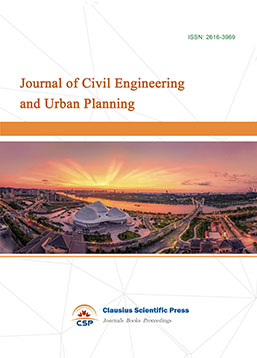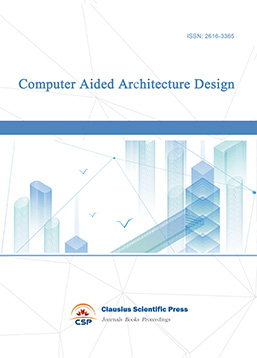Study on the Development and Countermeasures of Urban Parks in the Post-epidemic Era
DOI: 10.23977/lsuh.2023.050105 | Downloads: 20 | Views: 1452
Author(s)
Wei Dang 1, Soobong Kim 2
Affiliation(s)
1 College of Art and Design, Henan University of Urban Construction, Pingdingshan, 467036, China
2 College of Architecture, Keimyung University, Daegu, 42601, Korea
Corresponding Author
Wei DangABSTRACT
City park is a large-scale and centralized comprehensive activity space which is open to residents free of charge, and is mainly for leisure and entertainment. It is also a place for holding some cultural activities and gatherings. During the epidemic, urban parks have more significance. In the post-epidemic era, urban landscape design has become particularly important, not only to provide leisure and entertainment space environment and green and pleasant natural environment to meet people's physical and mental health. It is more important to consider the need for proper independent space and a safe social distance. From the perspective of landscape design development in the post-epidemic era, this paper takes urban parks as an example to study, and puts forward corresponding countermeasures and specific implementation modes.
KEYWORDS
Urban Parks; Post-epidemic Era; Landscape DesignCITE THIS PAPER
Wei Dang, Soobong Kim, Study on the Development and Countermeasures of Urban Parks in the Post-epidemic Era. Landscape and Urban Horticulture (2023) Vol. 5: 26-31. DOI: http://dx.doi.org/10.23977/lsuh.2023.050105.
REFERENCES
[1] Gan Guanlan. (2019). Landscape Design of Urban Parks. Shanghai Textile Science and Technology, 47(2), 1.
[2] Chen Manhua, Zhao Peng, Yu Wei. (2020). Blue-green interweaving, urban landscape blending-the planning and design of Ningbo Yinzhou Central Park. China Garden, 36(2), 37-40.
[3] Wang Zhifang, Zhao Yan, Hou Jinling, & Zhang Bo. (2017). Suggestions on herbaceous design of urban parks based on landscape preference research. China Gardens, 33(9), 7.
[4] Wang Yujie. (2020). The application of psychology in urban park landscape design. Architectural Science, 36(3), 3.
[5] Wang Jing. (2010). Design of urban strip parks under the guidance of landscape nodes. China Gardens, 200(004), 026.
[6] Xiang Hongmei, Xiang Hongcheng, Hu Qihua. (2014). Design and Implementation of Urban Integrated Surveying and Mapping System with Integrated Production Management. Surveying and Mapping Bulletin, 2014(8), 105-108.
[7] Li Junqi, Yan Xiaowen, Wang Yaotang, Wang Wenliang, & Zhao Fengchang. (2020). Urban park green space planning and design method based on rainwater storage and drainage and case analysis. Water supply and drainage, 46(4), 7.
[8] Liu Qingying, &Ma Jiangping. (2020). Landscape Design of Urban Parks under the Construction of Sponge City —— Taking Shanghai as an Example. Bulletin of science and technology, 2020(2), 4.
[9] Tong Zhiming, &Ma Yun. (2021). Application of Regional Culture in Landscape Design of Urban Parks. Industrial Architecture, 51(2), 1.
[10] Wu Tianjie, Zhuo Zhixiong, Zeng Zhen, &Wu Xiaogang. (2022). Study on the influence mechanism of the restorative effect of pocket parks in the post-epidemic era-based on visual perception. Journal of Southwest University: Natural Science Edition, 44(11), 11.
| Downloads: | 1641 |
|---|---|
| Visits: | 102159 |
Sponsors, Associates, and Links
-
Journal of Sustainable Development and Green Buildings

-
Bridge and Structural Engineering

-
Soil Mechanics and Geotechnical Engineering

-
Journal of Civil Engineering and Urban Planning

-
Journal of Municipal Engineering

-
Heating, Ventilation and Air Conditioning

-
Indoor Air Quality and Climate

-
Computer Aided Architecture Design


 Download as PDF
Download as PDF